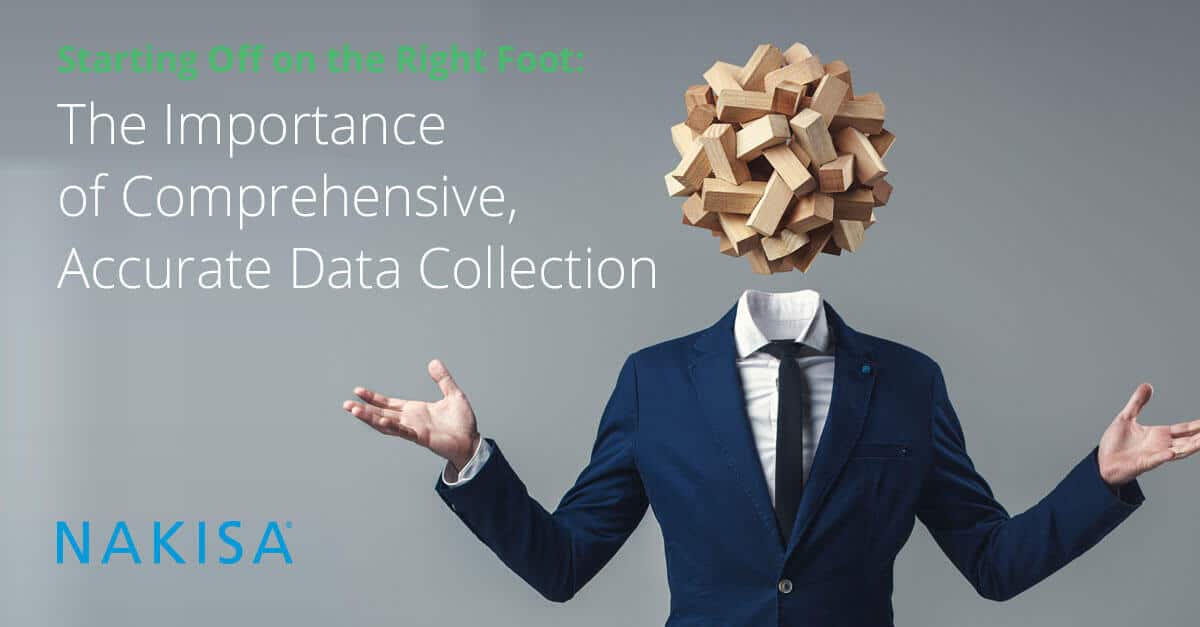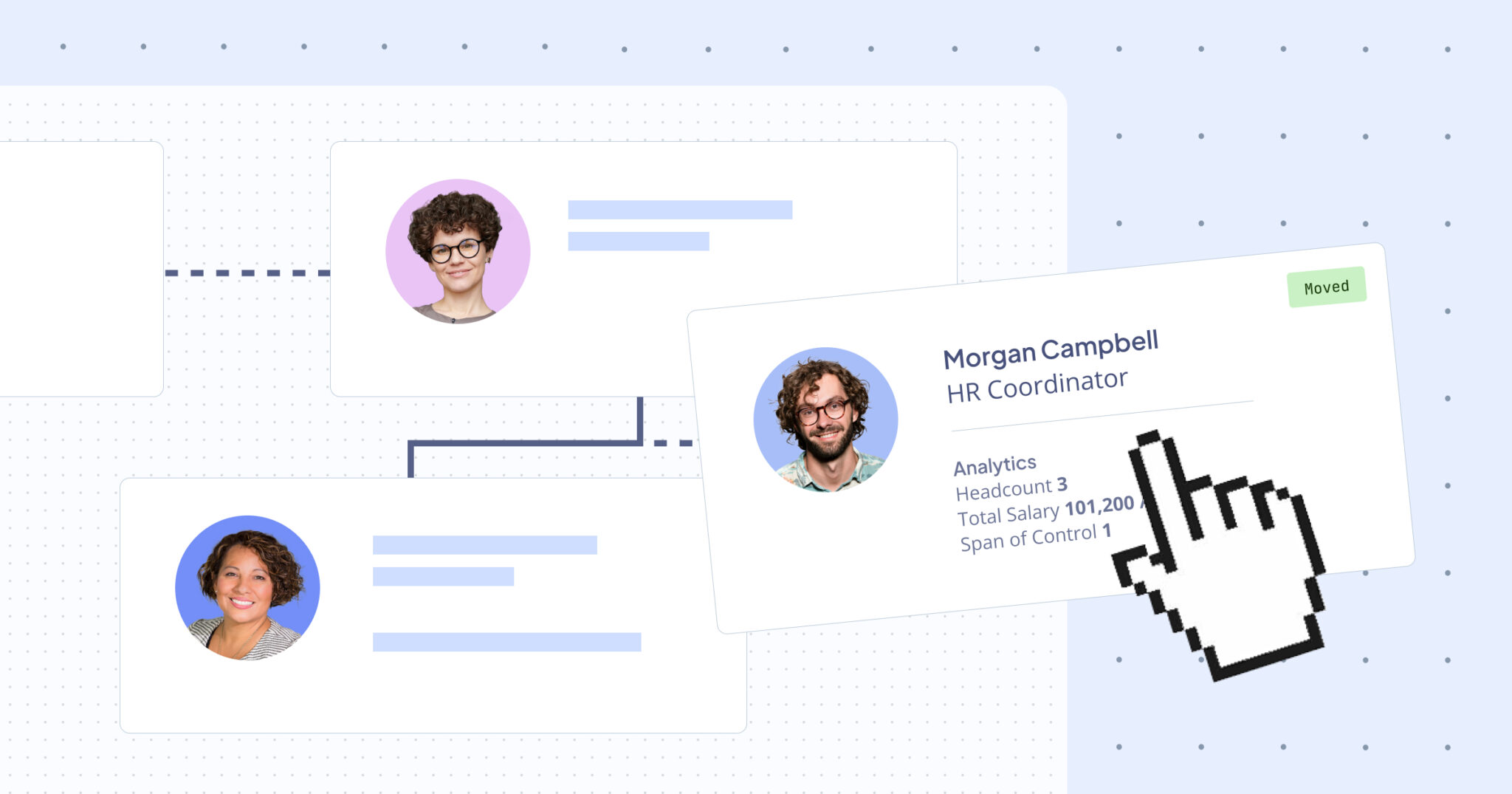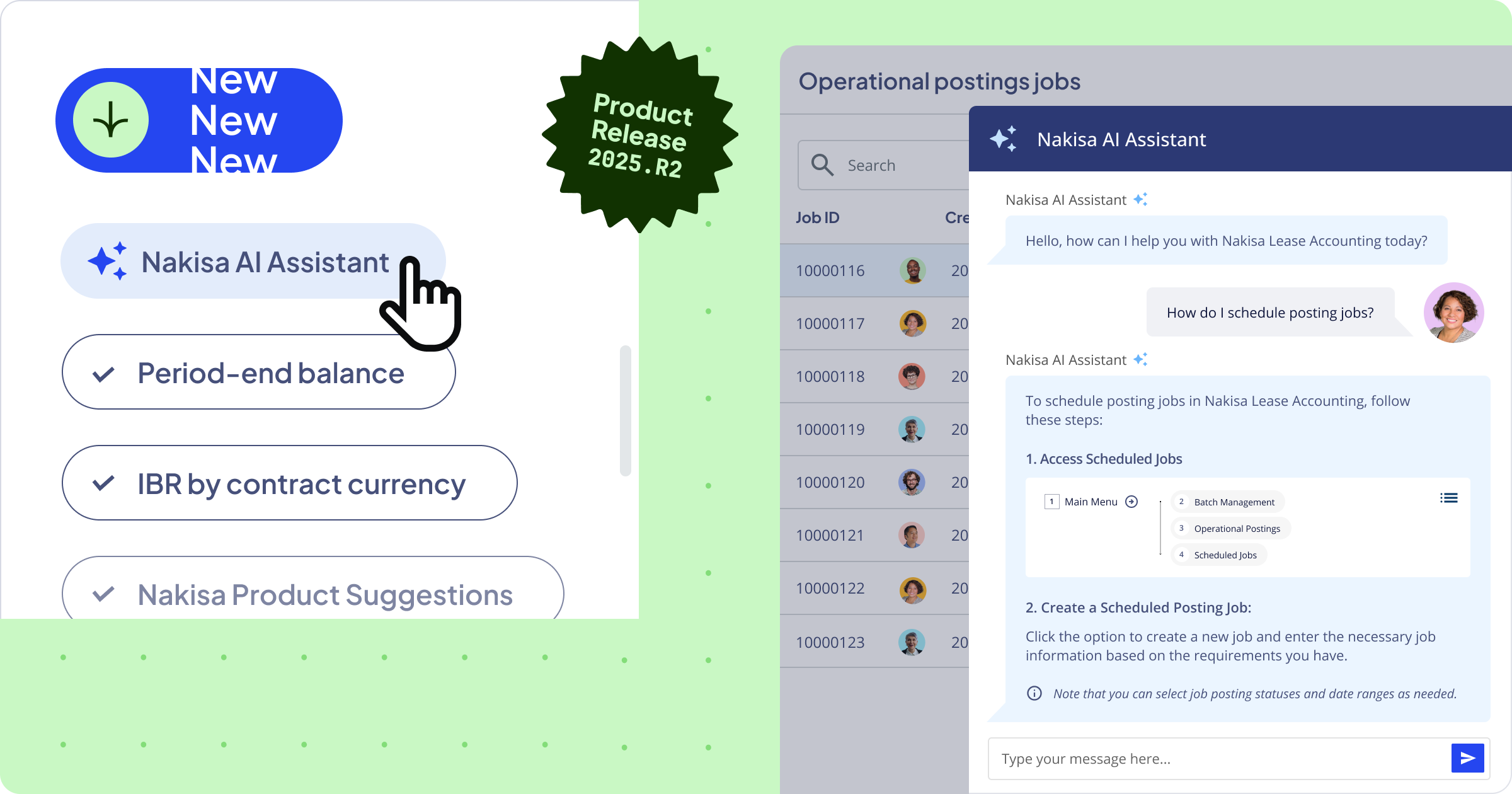“The secret of getting ahead is getting started. The secret of getting started is breaking your complex, overwhelming tasks into small manageable tasks, and then starting on the first one.”
No one’s quite sure who the author of this quote actually is. Some attribute it to humorist Mark Twain. Regardless, it’s a safe bet that the author didn’t have a lot of insight into the lifecycle of a lease.
For organizations facing the overwhelming challenge of complying with the new IFRS 16 and ASC 842 lease accounting standards, it’s pretty helpful advice.
The first step in the process is collecting and consolidating your lease data. How manageable this step actually is depends on how prepared you and your team are—and what tools you have in place to aid in the process.
New requirements mean more data
Data collection is the first—and in many ways, most important—step in the lifecycle of a lease. You probably know from first-hand experience just how complicated and time-consuming the process can be. Asset identification; right to control; purchase options; lease terms; payment process; residual values. These are just some of the many pieces of data needed to properly plan and report on leasing information.
The new IFRS 16 and ASC 842 guidelines add yet another piece to the data collection puzzle. There are two main reasons why the data scope has changed under the new lease accounting standards:
- Embedded Lease Contracts. Some contracts include something called an embedded lease. That’s the part of a contract that identifies assets that can be used and controlled. Contracts that had not been accounted for as leases in the past, may in fact meet the new definition of a lease and will have to be included on balance sheets starting in 2019.
- Asset data. Perhaps the biggest change under the new guidelines is the inclusion of asset data on balance sheets. Up until now, companies with operating leases could comply with reporting guidelines simply by estimating lease commitments. Not anymore. The new guidelines require the tracking of individual assets for capitalization and amortization purposes.
The bottom line? The new lease compliance standards make a complex process even more complicated.
Know what data you need
If you’re feeling overwhelmed by the daunting task of identifying, collecting, and organizing your lease data, you may not even know where to start. It’s important to first identify the types of data you need to collect. For many organizations, the need for expanded accounting presents a new opportunity to consolidate all of their data into one centralized system.
There are several benefits to data consolidation:
- Lower operating costs by streamlining accounting processes
- More reliable data because of uniform systems for collecting and recording information
- Better overall visibility into all of your assets
Consolidating your data won’t happen overnight. It requires a serious effort. But the streamlined process and future cost savings far outweigh a little more work upfront. And luckily, you don’t have to do it on your own.
Technology can help
While the process of data consolidation may feel overwhelming, it actually comes down to three distinct tasks:
- Gathering all relevant lease documents
- Collecting the correct data
- Quality checking your data
Sounds simple, right? Well, with information being gathered from dozens, hundreds, even thousands of leases, the potential for error is quite high. And with time running out for organizations to comply with the new IFRS 16 and ASC 842 regulations, the margin for error is very small.
That’s where technology comes in.
New lease accounting solutions allow organizations to gather and store all of their important data in one central repository. The days of poring through multiple spreadsheets to gather and audit lease information are over. Centralizing your data in a lease accounting system will not only reduce the length of the lease compliance process, it will ensure your data is accurate and that you’re starting your lease accounting process off on the right foot.





